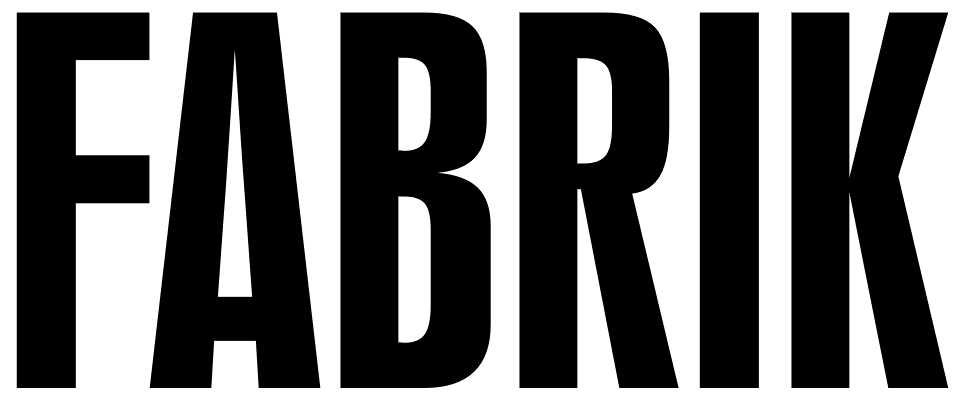For five decades, Ben Sakoguchi has maintained a clear and consistent artistic vision, addressing a variety of heated topics, including war, racism, bigotry, politics, slavery, AIDS, human folly and art-world economics. Rather than approach such potentially controversial issues in an obtuse or confrontational manner, Sakoguchi prefers an accessible and enticing visual language. Since the 1970s, much of his oeuvre has consisted of colorfully vibrant, small-scale paintings based on the graphic style of vintage orange crate labels, a format he uses as a compositional template much the way that Josef Albers employed concentric squares. For Sakoguchi, such labels hold particular significance because, as a child, he would observe them on crates stored behind his father’s grocery store.
Born in San Bernardino, Sakoguchi was incarcerated from ages five through seven in a Japanese internment camp in Preston, Arizona. Upon returning home, he found his father’s store to be full of life. As he explained in an email interview, “The colors of the store…commercial design…packaging…bright and colorful compared to the world at large, and especially compared to Camp. I developed a love of that look of commercial labels. Calligraphy…even Pepsi, or Coca Cola, were part of my art world. Camp itself was gray, black and brown.”
During his childhood, Sakoguchi drew constantly on butcher paper from his father’s store. By 1964, having earned BFA and MFA degrees from UCLA, he was familiar with Pop Art, and turned to media sources for his imagery, finding a wealth of material in books, newspapers, magazines, comic books and Japanese playing cards and erotic prints. (Today he also relies on the Internet). Never doubting that his subject matter should be socially relevant, he responded through art to events that dominated late-1960s media such as the Vietnam War and police brutality at the 1968 Democratic Convention. In a detail from Big Painting, a multi-canvas work begun that year, Sakoguchi created a dense and forceful composition, reminiscent to some extent of Mexican murals, including images of poppy fields symbolizing fallen soldiers from World War I, a World War II fighter plane, U.S. propaganda posters attacking Germany and Japan and a host of contemporary women wearing bell-bottom fashions of the day and armed with machine guns. A political time capsule of 1968, the painting is something of a cautionary tale. Yet by his own admission, Sakoguchi sees himself as a history painter and not simply a political commentator. In his email he noted, “I’ve always been an observer, because you were forced to if you were the only Asian kid in school. You don’t have a tribe there, you don’t have a gang there…you’re looking…you’re not part of any group.”
In the early 1970s, Sakoguchi came across some vintage orange crate labels at a swap meet. He soon began collecting them and, in turn, created his first label compositions on canvases the size of the actual labels. The artist worked steadily in this format through 1984, broke away from it for a time to pursue other directions (including a number of large-scale installations), returned to it in the mid-1990s and continues to employ it to this day. When exhibiting the label paintings, Sakoguchi often organizes them into modular grids, a practice common among 1960s Minimalist and Conceptual artists which also brings to mind the symbol-filled modules of Wallace Berman’s Verifax collages and Andy Warhol’s groupings of Campbell’s Soup Can paintings. In Sakoguchi’s case, the grid organization perfectly personifies the ubiquity of visual media-blasting, which has been a cultural staple since the 1960s.
Sakoguchi’s self-imposed rules for the label paintings are to include a brand name, at least one orange and the name of a real city, all of which relate conceptually to a subject. In Napalm Brand, based on the iconic Life Magazine photo of children fleeing a napalm attack, the brand logo is shown in flames, the orange is wrapped to simulate the shape of a grenade and there is a reference to the California town of Firebaugh. In Bank on Frank Brand, large blocky letters and ready-to-pick oranges accompany an image of a Frank Stella painting hanging in a corporate setting, with the location of the produce company identified as Commerce, Calif. Although these works were painted in the late 1970s, their subjects—bombings and art tied to Wall Street—remain relevant today, perhaps even more so.
In his more recent orange crate label paintings, Sakoguchi has documented the histories of baseball, where race is a prominent issue, and of slavery itself. His latest label group can be seen at the Brand Library Art Center Gallery in the exhibition ONE YEAR: The Art and Politics of Los Angeles, on view through January 12. In the new series, Sakoguchi calls attention to words and phrases that have only recently become English jargon, including ‘Obamacare,’ ‘Brexit,’ ‘Nasty Woman’ and ‘Alternative Facts.’ “I started with Brexit and Stuxnet,” he said. “Now those are neat words, you gotta admit, they’re interesting words…Words matter, but they’re meaningless, too, because the viewer puts the meaning into the word. It always has been that way—just like the art…I stick it out, but the viewer completes the act.”
















